The Protective Marine Coating Market is currently characterized by a dynamic competitive landscape, driven by increasing demand for durable and environmentally friendly coatings. Key players such as AkzoNobel (NL), PPG Industries (US), and Sherwin-Williams (US) are actively shaping the market through strategic initiatives focused on innovation and sustainability. AkzoNobel (NL) has positioned itself as a leader in eco-friendly solutions, emphasizing the development of low-VOC and high-performance coatings. Meanwhile, PPG Industries (US) is enhancing its market presence through strategic acquisitions and partnerships, which bolster its product portfolio and expand its geographical reach. Sherwin-Williams (US) is also focusing on digital transformation, leveraging technology to optimize customer engagement and streamline operations, thereby enhancing its competitive edge.
The business tactics employed by these companies reflect a concerted effort to localize manufacturing and optimize supply chains, which are crucial in a moderately fragmented market. This competitive structure allows for a diverse range of offerings, yet the influence of major players remains significant. The collective strategies of these companies not only enhance their operational efficiencies but also contribute to a more resilient market structure, capable of adapting to changing consumer preferences and regulatory demands.
In August 2025, AkzoNobel (NL) announced the launch of a new line of marine coatings designed specifically for harsh marine environments. This strategic move underscores the company's commitment to innovation and sustainability, as these coatings are formulated with bio-based materials, reducing environmental impact while maintaining high performance. Such initiatives are likely to strengthen AkzoNobel's market position and appeal to environmentally conscious consumers.
In July 2025, PPG Industries (US) completed the acquisition of a regional coatings manufacturer, which is expected to enhance its operational capabilities and expand its footprint in the Asia-Pacific region. This acquisition not only diversifies PPG's product offerings but also allows for greater responsiveness to local market demands, thereby reinforcing its competitive stance in a rapidly evolving market.
In September 2025, Sherwin-Williams (US) unveiled a new digital platform aimed at improving customer interaction and streamlining the ordering process for marine coatings. This initiative reflects the growing trend towards digitalization in the industry, as companies seek to enhance customer experience and operational efficiency. By investing in technology, Sherwin-Williams is likely to differentiate itself from competitors and capture a larger market share.
As of October 2025, the Protective Marine Coating Market is witnessing significant trends such as digitalization, sustainability, and the integration of artificial intelligence in product development. Strategic alliances among key players are increasingly shaping the competitive landscape, fostering innovation and collaboration. Looking ahead, it appears that competitive differentiation will evolve from traditional price-based strategies to a focus on innovation, technological advancements, and supply chain reliability, positioning companies to better meet the demands of a changing market.


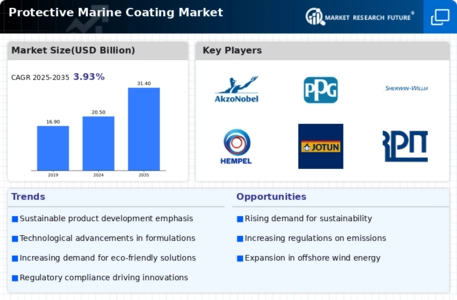
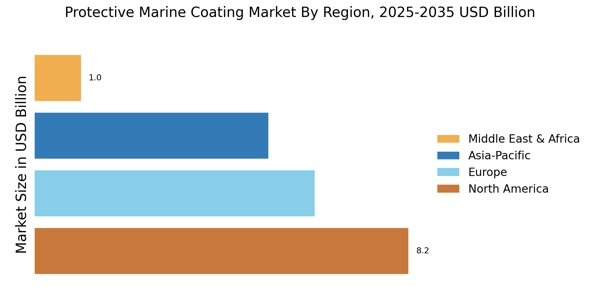
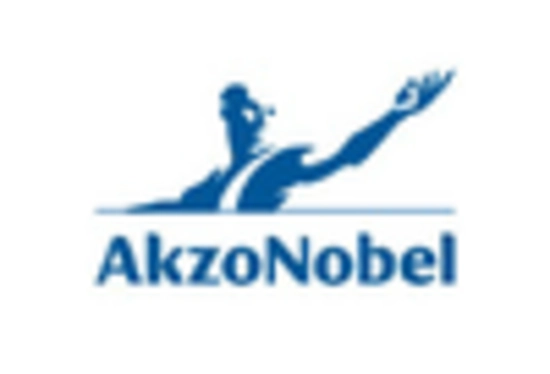

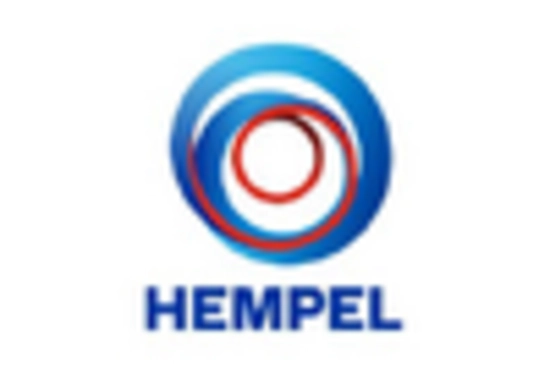
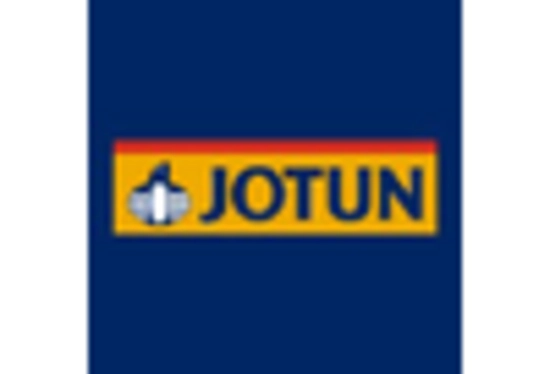
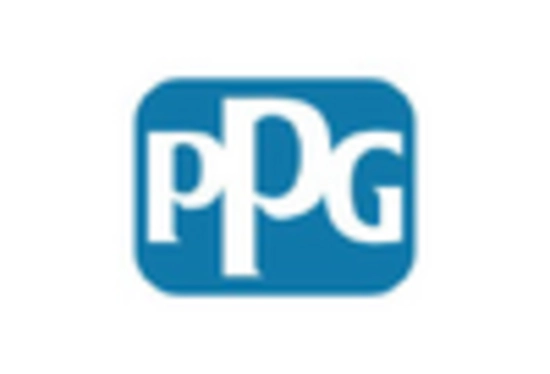
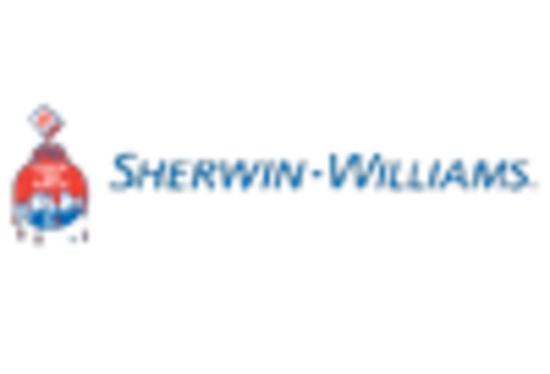








Leave a Comment